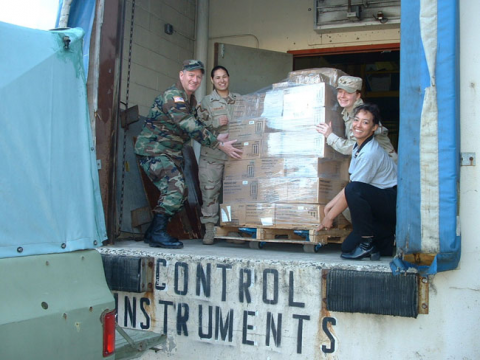White Paper: Continuous Monitoring of the Calorific Value of Mixed Gaseous Fuels
New Literature Announcement
It is becoming increasingly important to measure the energy of fuels formed by complex mixtures of combustible and non-combustible gases and vapors that vary in concentration or composition over time due to changing conditions. Non-traditional fuel sources – whether they are the undesirable by-products of chemical processes that must be destroyed so they are not released into the atmosphere, or fuels used as alternative energy sources from landfills, biomass, and the like - present some measurement challenges.

